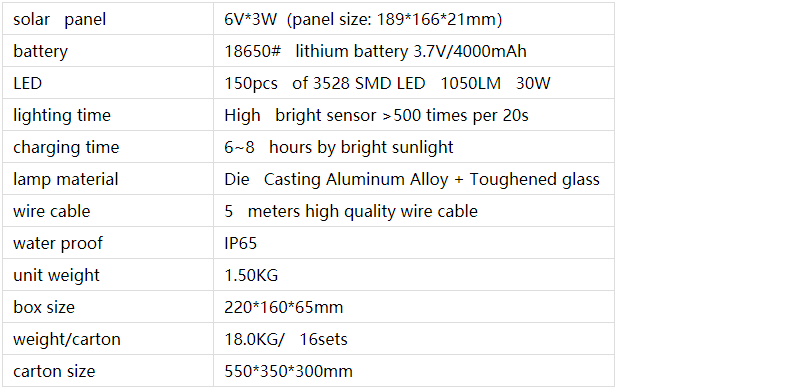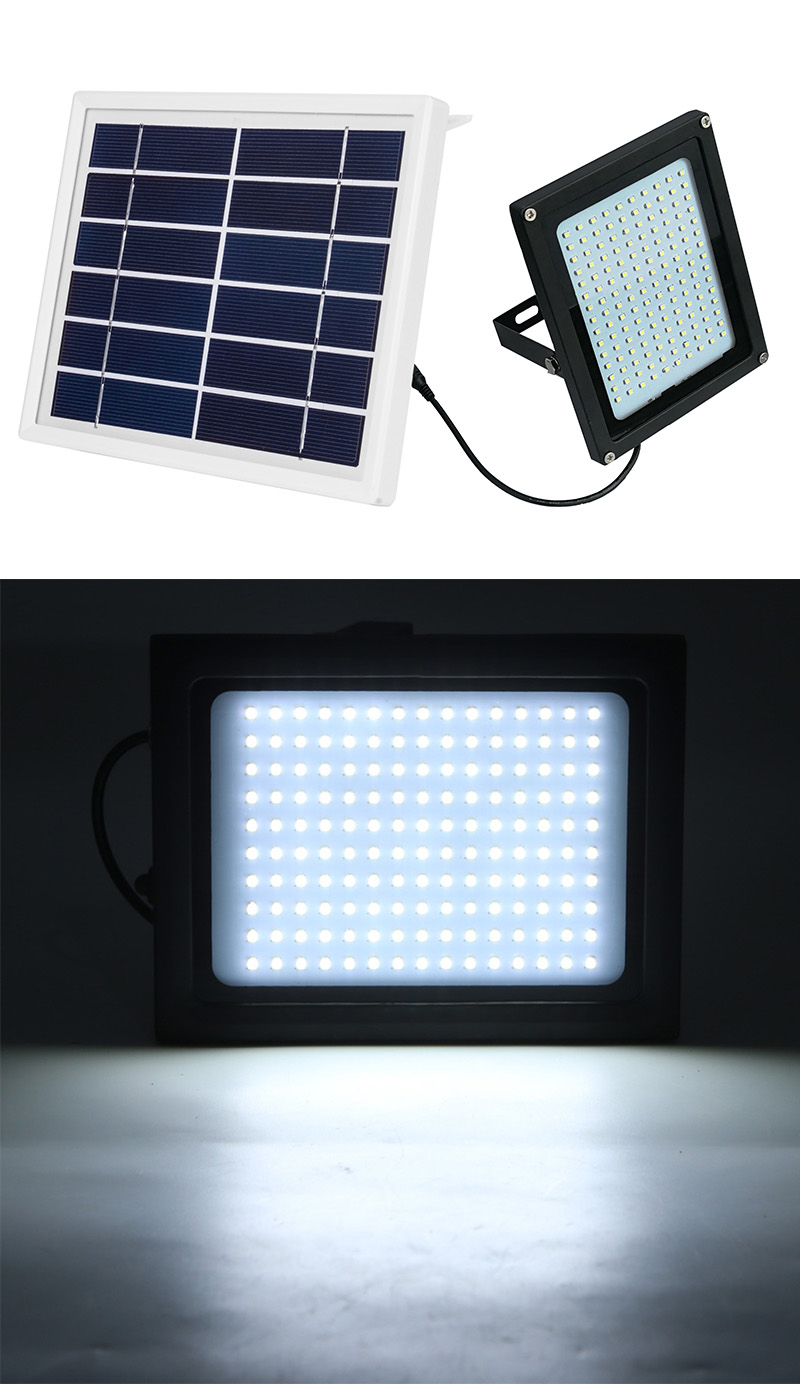This is a 15W solar street lamp, suitable for use in off-project scenarios, in roads and other scenarios are very common, other wattage please contact customer service consultation.


15w Led Street Light- solar knowledge:
Improve efficiency by changing the back surface electric field (BSF)
Cross-sectional structure of solar cell energy band
When light is absorbed by the depletion layer, electrons and hole pairs can be generated. However, in practical applications, solar cells
it's not true.
Light enters the interior of the silicon body, the depletion layer, and even the p-type region from the n-type region. Thus, electron-hole pairs generated by light absorption will appear in the n-type region, the depletion layer, and the p-type region. Electrons and holes generated in the depletion layer (near 0 of b), and holes are diffused toward the p-type region, whereby separation occurs. A hole generated in the n region (near b), if the carrier diffusion is longer than L, it will be depleted from the depletion layer.
The edge diffuses into the depletion layer to form a current.
Further, electrons generated in the p-type region (near the b) diffuse in the L range and flow from the edge of the depletion layer to form a photocurrent. If electrons generated deeper than this position diffuse to the back electrode, it causes a drop in efficiency. Therefore, a back surface electric field (BSF) has been designed so that electrons cannot enter the back electrode. The BSF structure in silicon is a deep-doped p-layer deep in the vicinity of the back electrode, forming a barrier between pP (near the b), and repelling electrons inhibits recombination in the vicinity of the electrode. The accumulation of electrons in the n-type region and the accumulation of holes in the p-type region results in the Fermi level on the n-side being higher than the Fermi level on the p-side. This difference is the open circuit voltage.
Copyright © 2017 Nuusolar